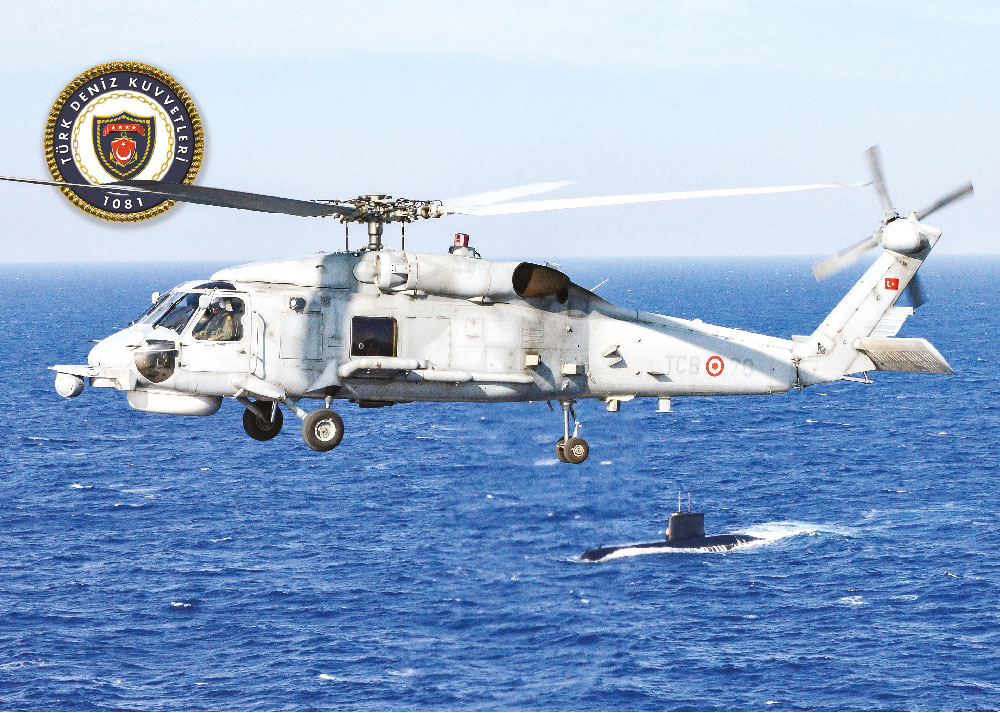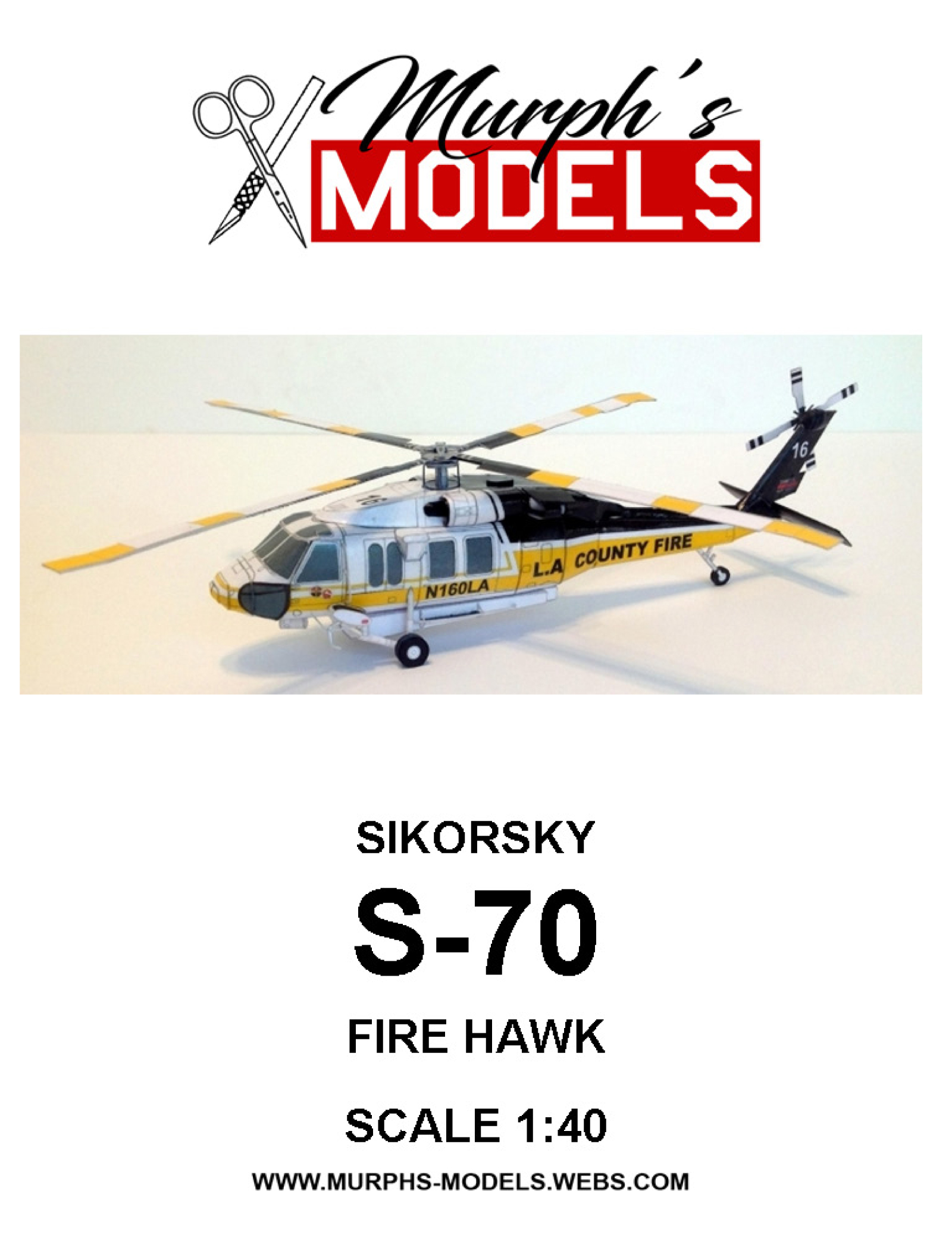How the Sikorsky S 70 Sticks Out in the Helicopter Market
How the Sikorsky S 70 Sticks Out in the Helicopter Market
Blog Article
Rotary-Wing Airplane Offering Superior Resilience and Precision Design
In the realm of aeronautics, rotary-wing airplane have long been acknowledged for their one-of-a-kind abilities in various operational environments. As we discover the detailed balance between advancement and dependability in rotary-wing aircraft, it comes to be apparent that the merging of cutting-edge modern technology and tried and tested style principles has actually established a brand-new requirement for performance and performance in the aerospace market.
Advancement of Rotary-Wing Technology
Throughout the background of air travel, the advancement of rotary-wing modern technology has actually been a testament to consistent innovation and advancement in aerial engineering. From the very early days of vertical flight with basic styles to the sophisticated helicopters and various other rotary-wing aircraft of today, the progress in this area has been amazing.
In the very early 1900s, pioneers like Igor Sikorsky and Juan de la Cierva made substantial strides in rotary-wing innovation. Sikorsky's VS-300 helicopter, first flown in 1939, marked a zero hour in the growth of functional rotary-wing aircraft. This success led the way for further developments in upright trip capacities.

Today, rotary-wing aircraft play important duties in numerous sectors, including armed forces operations, emergency situation clinical services, law enforcement, and business transport. The evolution of rotary-wing innovation remains to press the borders of what is possible in upright flight, guaranteeing that these airplane continue to be indispensable possessions in the aeronautics sector.
Materials and Building Innovations
Showing a fusion of innovative materials and specific building methods, rotary-wing aircraft have undergone significant developments in durability and efficiency. One of the key advancements in materials utilized for rotary-wing aircraft is the increasing use of composite materials. These products, such as carbon fiber reinforced polymers, supply a high strength-to-weight proportion, enhancing both the structural honesty and general performance of the aircraft. In addition, innovations in making processes have enabled for more exact and complex building of rotary-wing elements, adding to boosted aerodynamics and effectiveness.
In addition, the assimilation of innovative coverings and surface treatments has actually played a vital role in improving the toughness of rotary-wing airplane. These layers give protection versus corrosion, abrasion, and severe weather problems, extending the life expectancy of the aircraft and reducing upkeep needs.
In regards to construction advancements, additive production, additionally known as 3D printing, has actually revolutionized the manufacturing of complex elements for rotary-wing airplane. This innovation enables fast prototyping and modification, causing faster growth cycles and decreased expenses. Overall, the constant development of products and building strategies is driving the capabilities and efficiency of rotary-wing airplane to brand-new elevations.
Precision Flight Control Equipment

The assimilation of GPS modern technology better boosts the precision and dependability of these systems, permitting for specific navigating, waypoint monitoring, and automated trip control. sikorsky s 70. This level of accuracy not only enhances the security of rotary-wing procedures yet also enhances overall operational efficiency and goal efficiency
Moreover, the continuous developments in artificial intelligence and equipment learning have actually facilitated the growth of autonomous flight capacities within Accuracy Trip Control Systems. This makes it possible for rotary-wing aircraft to perform complex goals with exceptional accuracy and uniformity, making them crucial assets in a vast range of applications, consisting of armed forces operations, search and rescue missions, and airborne digital photography.
Toughness in Challenging Atmospheres
Popular functional settings, rotary-wing airplane demonstrate outstanding strength and robustness, making certain optimum efficiency under tough ecological problems. These aircraft are made to hold up against a large range of environmental variables, consisting of severe temperatures, high winds, and rough surface, making them fit for different goals in varied landscapes.
One crucial variable contributing to the longevity of rotary-wing aircraft is their tough construction. These airplanes are built making use of top notch products and advanced design methods to improve their structural stability and dependability. In addition, elements such as rotor blades, engine systems, and touchdown gear are carefully developed to endure the stress and anxieties come across during operations in difficult environments.
Moreover, rotary-wing aircraft are outfitted with innovative onboard systems that monitor performance metrics in real-time, permitting aggressive upkeep and very early detection of possible concerns - sikorsky s 70. This proactive description strategy assists protect against unexpected failures and guarantees the continued airworthiness of the airplane popular functional settings. Generally, the longevity of rotary-wing aircraft in tough settings is a testament to their exceptional design and design, making them important assets for numerous mission-critical procedures
Maintenance and Integrity Criteria
The adherence to strict maintenance and reliability requirements is vital in guaranteeing the optimum performance and safety of rotary-wing aircraft. Regular upkeep checks, carried out by qualified technicians, are necessary to identify and address any kind of potential problems before they compromise the aircraft's capability. These checks incorporate a detailed assessment of all essential components, consisting of the engine, rotor system, avionics, and hydraulic systems, to ensure that they remain in prime working condition.
In addition, adherence to arranged upkeep intervals based on manufacturer standards is critical for supporting the airplane's integrity. This positive approach assists stop unexpected malfunctions and makes sure that the airplane continues to be airworthy for its designated goals. Furthermore, the implementation of durable integrity standards, such as regular component testing and replacement based on predetermined lifecycles, further enhances the aircraft's stability.
Conclusion

In conclusion, the improvements in rotary-wing airplane modern technology have caused remarkable resilience and precision engineering. With ingenious products and building and construction techniques, in addition to precision trip control systems, these aircraft can operate in tough environments with enhanced dependability. The upkeep and integrity requirements make sure that these rotary-wing aircraft remain to carry out at their best, making them important assets for various industries.
Demonstrating a blend of sophisticated products and specific building methods, rotary-wing airplane have undergone significant developments in durability and performance. One of the crucial innovations in products used for rotary-wing aircraft is the increasing use of composite products.With view it careful attention to information and progressed technological combination, rotary-wing airplane have accepted Precision Trip Control Equipment Learn More Here as a cornerstone of their operational excellence. On the whole, the toughness of rotary-wing airplane in tough environments is a testimony to their exceptional design and design, making them vital properties for various mission-critical operations.
In final thought, the developments in rotary-wing airplane modern technology have led to superior longevity and accuracy design.
Report this page